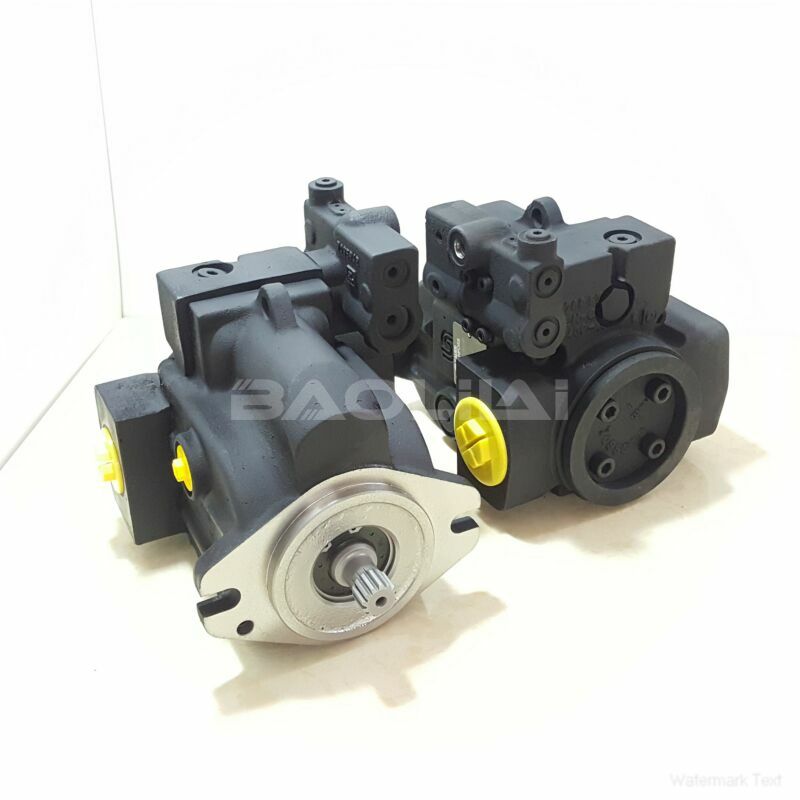LRR025CLS2621NNN3K2NFA6NAAANNNNNN high pressure pump
LRR025CLS2621NNN3K2NFA6NAAANNNNNN high pressure pump

- Product Details
- Applicable Scene
LRR025CLS2621NNN3K2NFA6NAAANNNNNN high pressure pump.Plant-based food growth drives demand for high-pressure pump innovations. These pumps enhance manufacturing efficiency while enabling new plant-based product development.
Model Code :LR-R-025C-LS-26-21-NN-N-3-K2NF-A6N-AAA-NNN-NNN
Model Code :LRR025CLS2621NNN3K2NFA6NAAANNNNNN
High-pressure pumps use mechanical energy to compress fluids. They enable precise ingredient mixing, emulsification, and nutrient extraction in plant-based food production.

Key Applications
LRR025CLS2621NNN3K2NFA6NAAANNNNNN high pressure pump.Compound Extraction: High-pressure processing (HPP) extracts proteins and nutrients from peas, lentils, and soybeans. This method retains nutritional quality while increasing yield.
Model No.ldent No. :83009263
Texture Engineering: Pumps create stable oil-water emulsions for creamy plant-based yogurts, cheeses, and sauces.
Extended Applications
Environmental Sustainability
High-pressure pumps reduce energy consumption by 25% compared to thermal processing. This aligns with carbon reduction goals in food manufacturing.
Product Innovation
Pumps enable microencapsulation of probiotics in plant-based beverages. This extends shelf life while preserving live cultures.
Cost Efficiency
Single-pass extraction systems cut production waste by 40%. Manufacturers reuse water and solvents through closed-loop pump designs.
Future Trends
Research focuses on ultrahigh-pressure pumps (1,000+ bar) for nanoemulsion creation. These systems could enable bioactive compound stabilization in functional foods.
Global Market Dynamics
Plant-based protein demand will surge 52% by 2030. High-pressure pumps enable 40% faster emulsification versus centrifugal systems.
Smart Manufacturing Integration
IoT-enabled pumps collect real-time viscosity data. AI algorithms adjust pressure parameters to optimize emulsion stability during scale-up.
Regulatory Compliance
FDA FSMA requires traceable nutrient profiles. HPP pumps maintain vitamin E levels at 97% post-processing through closed-loop monitoring.
Cross-Industry Synergies
Automotive injection molding tech adapts to food-safe pumps. Shared pressure ranges (300-800 bar) reduce R&D costs by 35%.
Sustainability Metrics
Pump energy recovery systems cut water heating costs by 28%. Closed-loop designs achieve 93% solvent recirculation in nut milk production.





